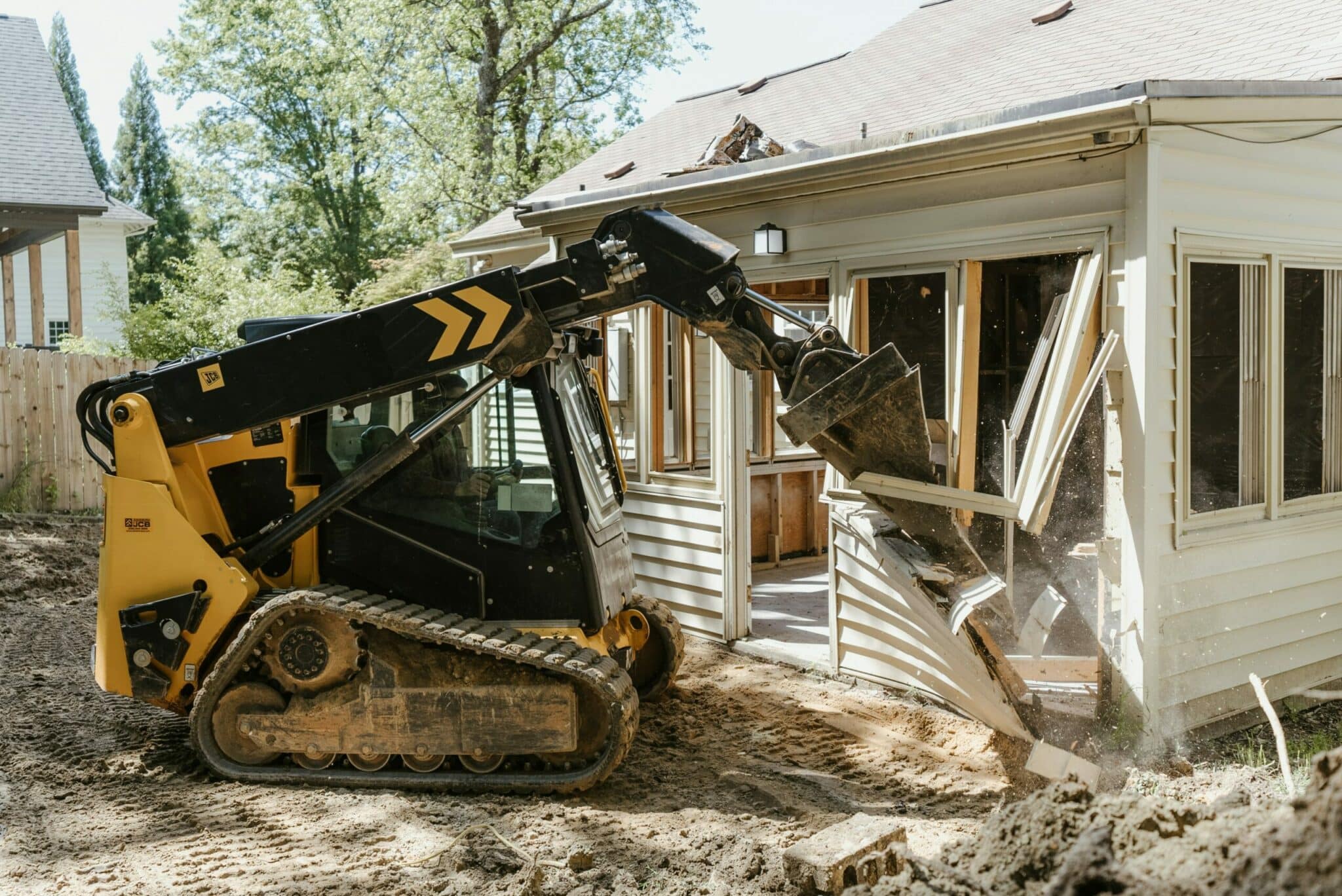Brace yourselves fellow marketers for yet another episode of social networks flipping the script and sending everyone into a frenzy before we all begrudgingly accept a less-than-ideal normal.
Meta recently announced it was going to cut off third-party access to Facebook Groups. This was a surprise announcement telling brands and developers they have 90 days before they are deprecating the ability to schedule and automate posts in Facebook Groups as well as engage with consumers through the Groups API.
While newsfeed algorithm changes once dominated headlines, today all eyes are on API access, with platforms like X and Reddit imposing hefty charges. Let’s not forget all of this is unfolding against the backdrop of Google’s elimination of third-party cookies. Marketing is fun.
Community managers and businesses are stating this new change is “devastating” and that “this is platform risk in real-time.” Developers are “shocked,” and one community manager said, “The removal of third-party access to Facebook Groups could significantly alter the digital landscape.”
What does Meta’s change mean for community-building on social networks?
Social media undeniably revolutionized how brands connect with their audience, catapulting many brands into stardom with viral moments. It’s tempting to equate your follower or group count with a thriving brand community. However, Meta’s recent moves serve as a stark reminder of the dangers of over-reliance on third-party platforms.
Today’s modern marketers know that community-building is what separates brands that last from those that fizzle. Actively cultivating connections with brand advocates and influential creators unleashes the power of word-of-mouth, generating authentic, ongoing UGC that translates into tangible sales.
While nurturing audiences on a social network is crucial, particularly for drawing in new brand enthusiasts, the issue arises when social media becomes your primary avenue for community-building. Once you try to scale that effort and create workflows around it (or even a whole business), you’re at danger of having the rug pulled out from under you.
In our State of Community Powered Marketing report, we found 60% of marketers are concerned they are one algorithm change away from losing access to their audience on social. This latest change heightens it as a real fear and risk.
We’ve seen this film many times before. Meta enticing companies with seemingly unbridled free access, only to gradually tighten restrictions and alter the rules. These changes send shockwaves through organizations, forcing them to frantically adapt their strategies.
The challenge for marketers in building communities on social media lies in sustaining long-term engagement. Once someone follows your page or joins your group, you must provide continuous and increasing value – and there’s a limited amount of depth you can achieve on social. Consumers have come to expect personalized communication, exclusive and captivating content, and to be treated like a VIP.
The diversity of interaction on social is limited and ultimately, we are reminded again today that you do not own these relationships. You are simply renting a booth from the social networks. They can change the rules at any time without consulting you. You don’t develop years-long consumer relationships at a booth.
Your community of consumers will always span various online channels, but having a centralized place for community engagement is paramount. Think of it as your brand’s community headquarters, where brand enthusiasts can connect, converse, and co-create with like-minded individuals.
So, what’s the takeaway? Facebook is teaching marketers another important lesson. Your Facebook Group or social media audience is a stepping stone to community-building. Making it the entire path will ultimately put your brand at increased risk.
It’s time to take control of your community-building efforts and create a space where your brand can truly thrive. Remember, your brand’s community is more than just a number on a social media profile. It’s an evolving entity that deserves a home of its own. So, start building – on your own turf.
Ready to get started building your owned brand community? Learn how TINT powers community initiatives for the world’s largest brands. Schedule a demo today.




